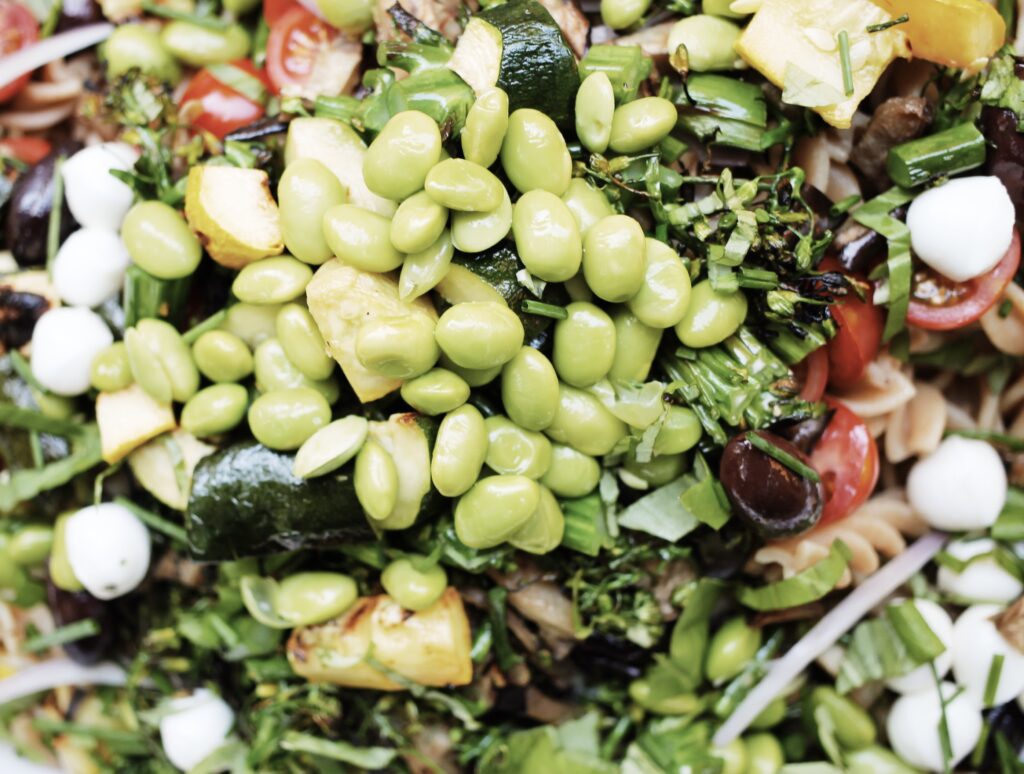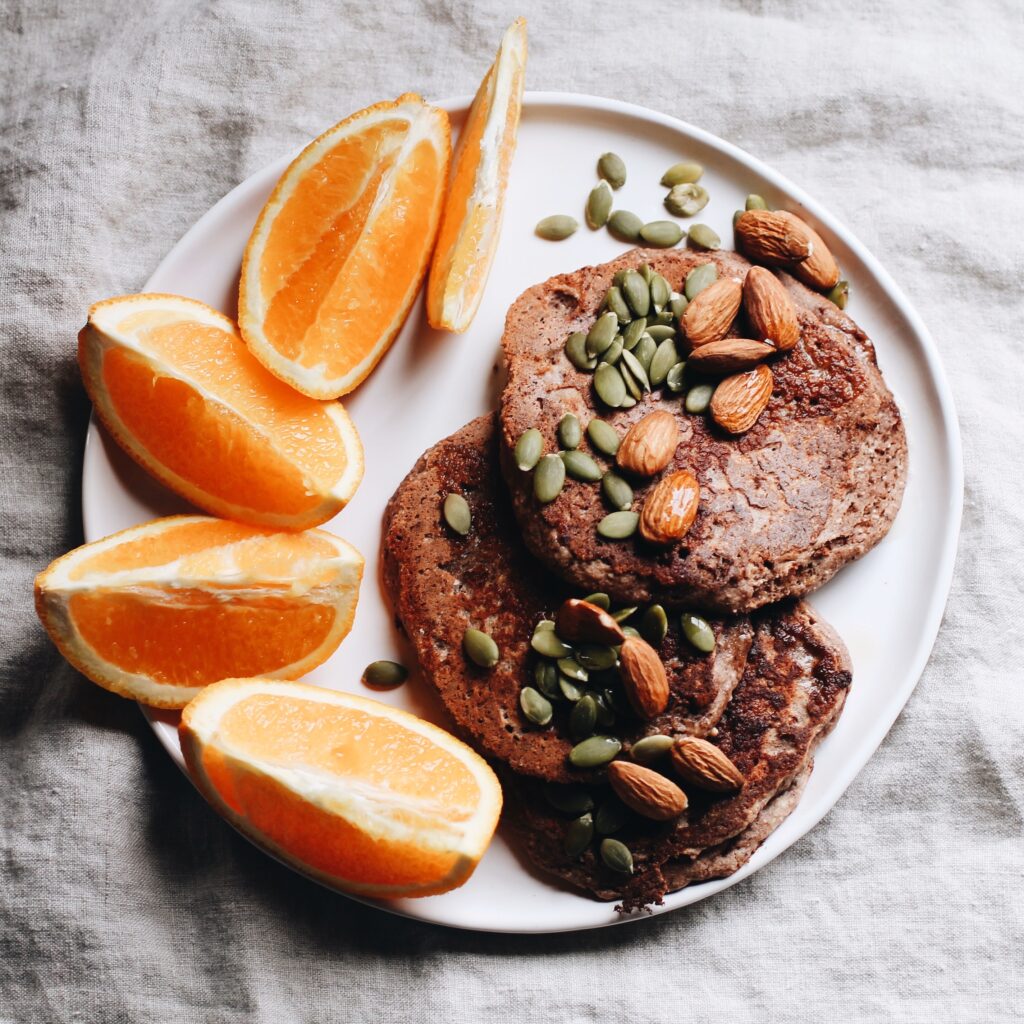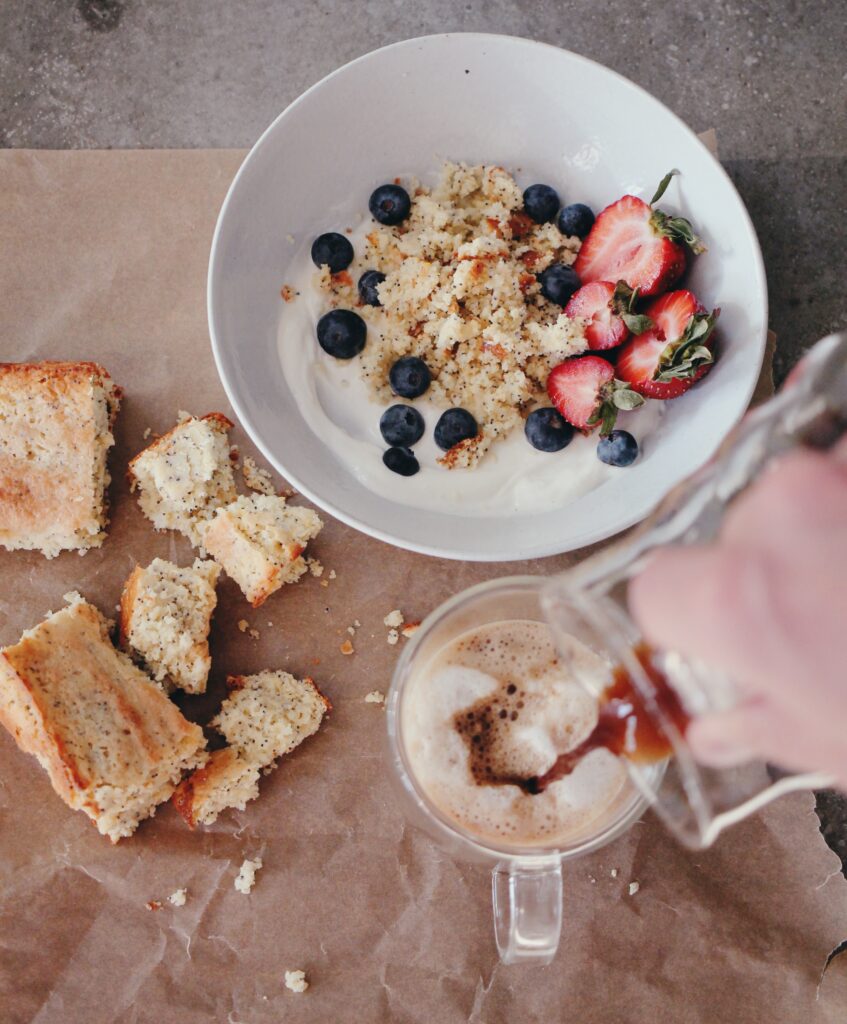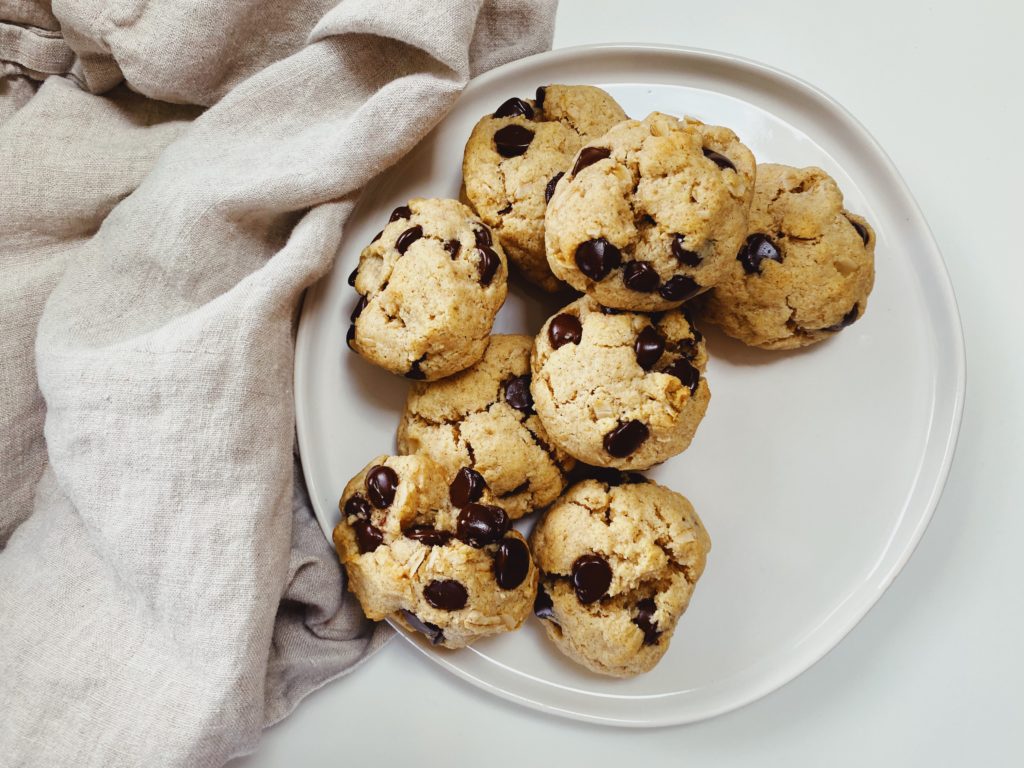The Best Nutritious foods to beat period cramps
Does the thought of a pain-free period seem impossible? I’m here to tell you, it’s not. All you need to do is get in sync with your hormones. Through every stage of life, hormones play a role. They regulate everything from development to our sex drive and metabolism. Although powerful, they’re equally sensitive. Lifestyle and diet can quickly throw hormones out of balance. Hello, period bloat, crippling cramps, and tender breasts. If these sound familiar, you may have an underlying hormone imbalance. Luckily, a better period might be within reach. In today’s article, I’m sharing foods for period cramp relief. Armed with nutrition knowledge, eating your way to hormone balance could change your life.

What causes Period Cramps?
Menstrual cramps happen because of contractions in the uterus (which is a muscle). If it contracts too strongly during your menstrual cycle, it can press against nearby blood vessels. In turn, this briefly cuts off oxygen to the uterus. This lack of oxygen causes pain and cramping. Plus, hormone-like substances (called prostaglandins) trigger muscle contractions. Women with higher levels of prostaglandins typically experience more severe menstrual cramps. That’s one of the reasons why hormone balance is key!
Cycle Sync for a Better Period
Before we dive into foods for period cramp relief, let’s talk about cycle syncing. I’ve written about it before, but cycle syncing is this: a practice whereby you adjust your diet and exercise routine (and even your social calendar!) around different phases of your menstrual cycle. In turn, this supports your hormones and optimizes both your mental and physical health. This concept was coined and trademarked by Alisa Vitti. Once you determine where you are in your cycle, you can begin cycle syncing.

The power of seeds
Speaking of cycle syncing, have you heard of seed cycling? It’s been a game-changer in putting my PCOS in remission! In essence, seed cycling is a growing health trend, claimed to balance hormones, boost fertility, and ease symptoms of menopause. It involves eating flax, pumpkin, sesame, and sunflower seeds at different times of the month. Theoretically, seed cycling either enhances or inhibits the production of estrogen and progesterone in the body. In turn, balancing and optimizing your hormones, along with relieving symptoms due to hormonal imbalance. The easiest way to seed cycle is via Funk It Wellness (use code Edie15 for 15%-off your first order!). They do all the hard work for you. No need to buy seeds and grind them at home! As you can guess, these seeds are included as foods for period cramp relief.
10 Foods That Help with Period Cramps
Without further ado, these are the 10 foods for period cramp relief. These ingredients are easy to digest, anti-inflammatory, help balance blood sugar, and more.
Bananas
Bananas contain vitamin B6 and a healthy dose of potassium, which can help relieve your bloating and cramping symptoms. They also contain magnesium and calcium. That’s three out of four nutrients you need to ease muscle cramps! No wonder bananas are a popular, quick choice for cramp relief.
Dark, Leafy Greens
Leafy greens are rich in calcium and magnesium. Now’s the time to add kale, spinach, or broccoli to your plate. Eating leafy greens also may help with menstruation cramps, as studies show that eating foods high in calcium can help relieve pain from periods.
Lemons
Lemons, like all citrus, are rich in vitamins—particularly, vitamin C. Vitamin C helps your body absorb iron from your food into your bloodstream and tissues. Because you’re losing blood during your period, it may be helpful to have some extra vitamin C. Plus, vitamin C helps iron absorption. Lemons also contain fiber, which makes them a great food for preventing muscle spasms.

Lentils
Lentils are rich in fiber and iron. They’re also a great source of protein for vegetarians. While menstruating, iron levels take a dip, so eating iron-rich foods can help counteract this drop. Plus, legumes are rich in thiamine, which can be a powerful in fighting period pain.
Oats
Ease cramps from the moment you wake up. Oats are delicious and nutritious, whether you enjoy them as oatmeal, in (breakfast) cookie form, or in a healthy batch of homemade granola. Not only are they full of fiber—which helps you feel full for longer after eating—but they’re also a good source of zinc and magnesium. Magnesium, specifically, helps relax blood vessels and regulate serotonin.
Eggs
Eggs contain vitamins B6, D, and E, which all work together to fight off the symptoms of PMS. They’re also packed with protein, which is an added nutritional bonus to aid in balanced blood sugar.

Ginger
No surprise, here! Ginger is a culinary and medicinal powerhouse. Today, it’s commonly recommended as a home remedy for a variety of ailments, including menstrual cramps. Because it has anti-inflammatory and pain-relieving properties, it may help with both pain and bloating associated with a woman’s menstrual cycle.
Dark Chocolate
If you needed an excuse to eat chocolate on your period, this is it. Dark chocolate may help ease menstrual cramps due to its high magnesium content. Magnesium helps relax muscles and may stop the production of compounds that signal cramps. Copper, another nutrient found in dark chocolate, may also play a role.

Walnuts
Walnuts help with period pain relief, thanks to their high omega-3 content. The anti-inflammatory fats tackle cramps naturally, so keep a bowl on hand for convenient healthy snacking, adding to a bowl of yogurt, tossing in a salad, or stirring into a grain bowl for a quick dinner side dish.
Wild-Caught Salmon
Like walnuts, wild-caught salmon is rich in omega-3 fatty acids. Salmon is also one of the few foods with vitamin D! This fatty fish helps with PMS symptoms. It’s ideal to eat salmon the week before your period. It also has anti-inflammatory effects, releasing muscle tension, keeping your cramps in check, and reducing bloating.
This article is for informational purposes only. It is not, nor is it intended to be, a substitute for professional medical advice, diagnosis, or treatment and we recommend that you always consult with your healthcare provider.






